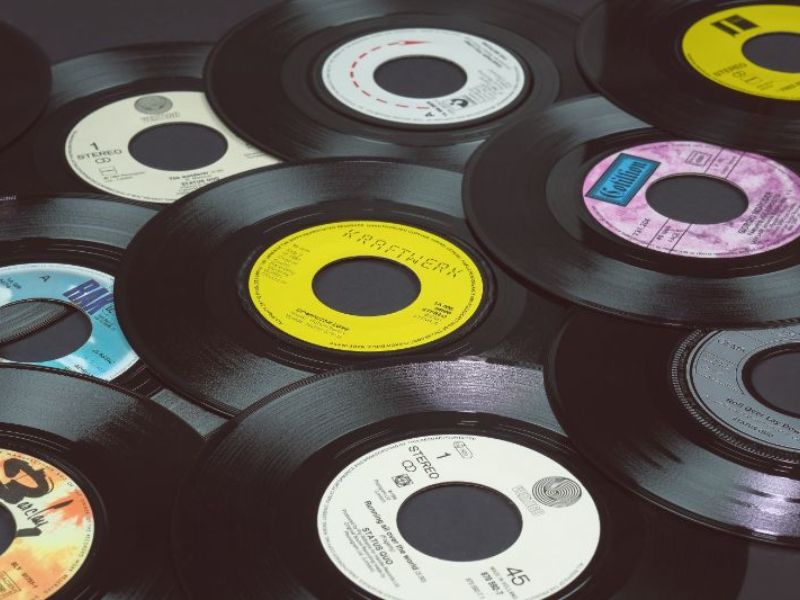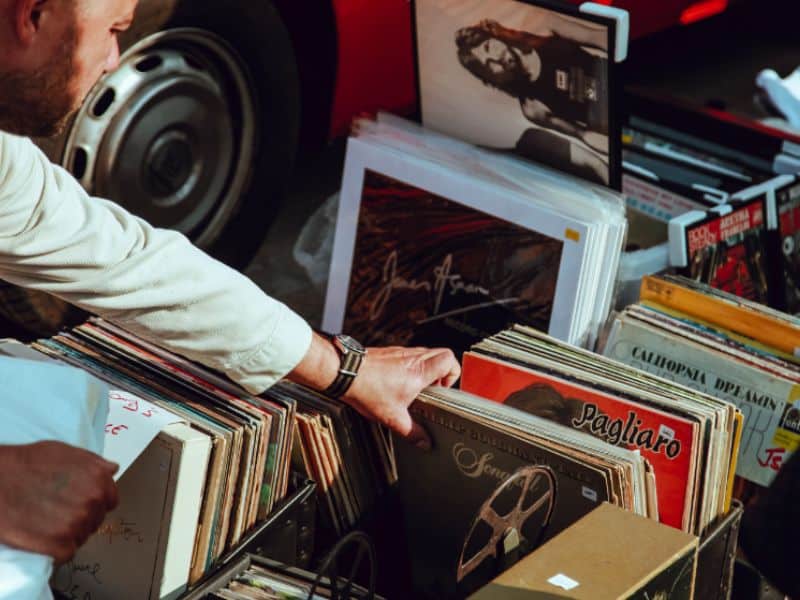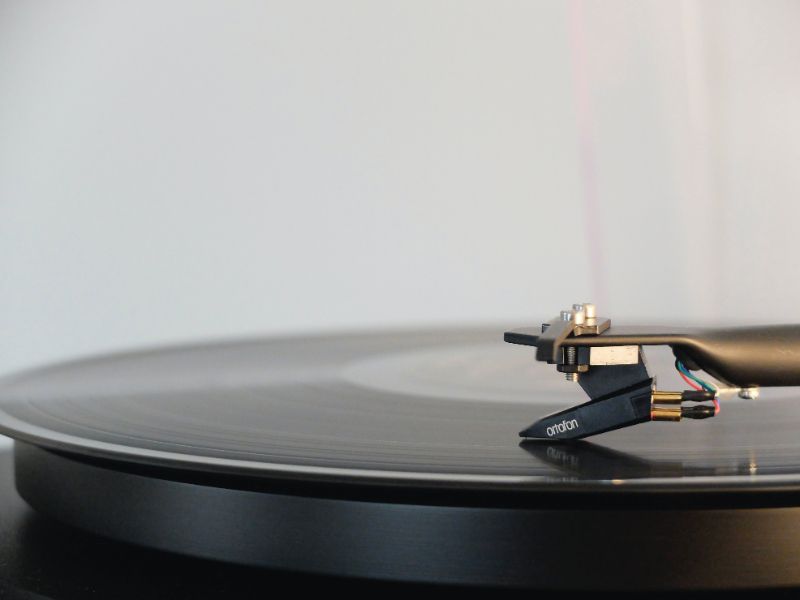Whether you’re a vinyl collector or just curious about how things are made, this guide is the one for you. Read on to discover more about the vinyl record production process, taking you from start to finish.
1. Optimizing the tracks

To start making a vinyl record, you must have the music prepped and ready to go. Musicians will typically bring a digital file of their music to a mastering engineer, who will then optimize the files to make them suitable for vinyl.
When optimizing the music files, mastering engineers must focus on a series of elements. This includes:
- Adding levels and required limiting
- Equalizing the sounds (this limits skipping)
- Splitting tracks
- Choosing rotation speed
- Sequencing in order of sound
Why sequence in order of sound? Sequencing in order of sound allows for the loudest and most dynamic tracks to feature at the beginning of each side. If you understand how record players work, you’ll know that this is important as there’s more space for the grooves at the beginning of a vinyl record. This allows for more complex sounds.
2. Creating a master copy
As soon as the digital music files have been optimized, they can be converted into a vinyl format. To do this, a technique called lathe-cutting is used. Lathe-cutting involves using a heavy stylus to imprint the digital files (a.k.a creating grooves) onto a lacquer plate. This process must be repeated for every side of the record.
3. Electroforming for stampers

Once a master copy has been created, it’s time for the vinyl to leave the engineering team and head to a processing plant. This is where a process called electroforming (or electroplating) takes place.
Electroforming takes the master copy and replicates it onto a fortified material. This is done so that it can be replicated as many times as need be. The process involved is usually as followed:
- The master copy is sprayed with silver solution (this creates a “Mother”)
- The Mother is placed into a nickel bath (this creates a “Stamper”)
Once the Stamper has been made, it will be checked over to ensure it has raised grooves. These raised grooves are what presses the right indentations into vinyl records.
Did you know? If a larger batch is needed, the electroforming process may also include creating a “Father”. A Father is produced when the nickel layer separates from the lacquer. This allows for several Mothers and Stampers to be made.
4. Record pressing
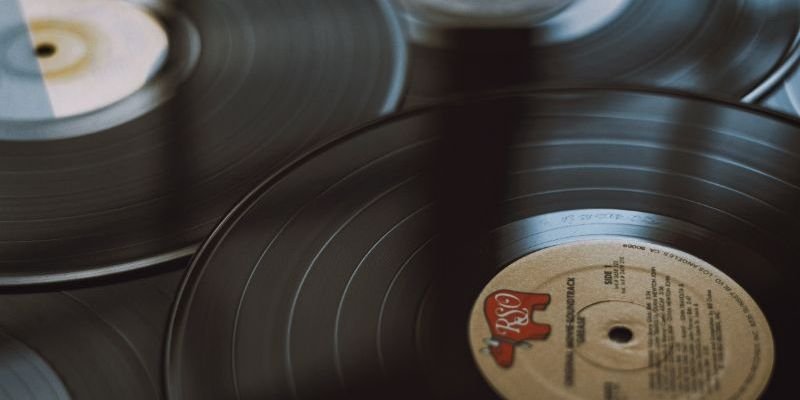
Once the stampers are ready, they are stamped onto pre-heated vinyl material via a hydraulic press. This material forms into a “Biscuit” due to the warmth and pressure applied.
The Biscuit is then labeled up on either side, before being heated with 148°C steam. When faced with this amount of heat and pressure, the Biscuit further compresses, making it easy for the stamp to leave an imprint.
The vinyl record is then trimmed before being dipped into cooled water to cure. If this step isn’t done properly, the vinyl may become warped and sacrifice on sound quality.
5. Test Pressings

Before mass production begins (which essentially involves repeating the previous step as many times as need be), test pressings are given to artists. This is important as it helps to highlight any issues or defects that might distort the quality of music.
This is sometimes a frustrating stage for artists, as due to the nature of its format, vinyl will never sound 100% identical to the original file. Artists have to understand this when listening to the test pressing. They should only bring consistent errors or major dysfunctions to the table.
6. Defect inspection
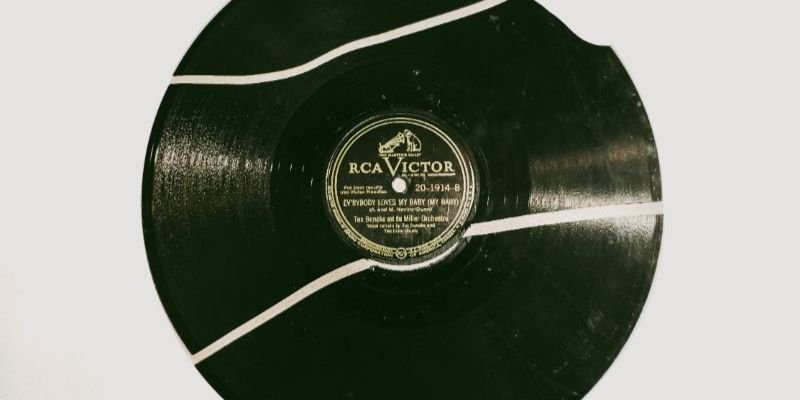
Once the artist is happy with the sound, mass production can begin. However, the quality-checking doesn’t stop there. It’s very common for the processing plant to complete random spot checks as the vinyl gets created.
Vinyl technicians will carefully analyze the visual and audio elements of randomly selected records. Although a time-consuming process, this ensures that absolutely no errors are overlooked.
Records that do not pass inspection will be melted back down and used again in the production process.
7. Packing up in sleeves
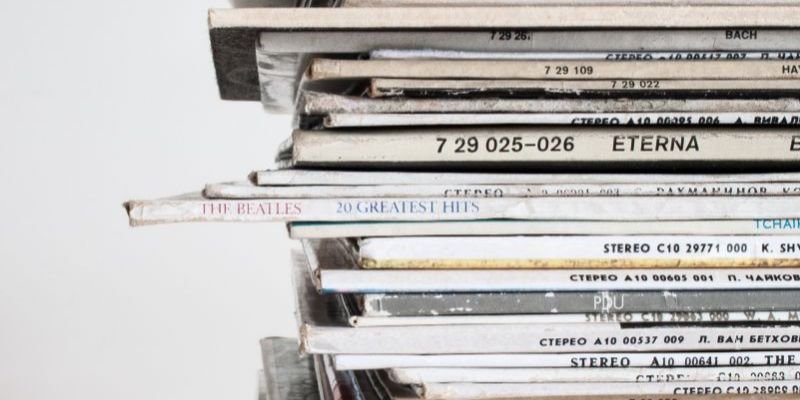
Once all records have been produced to perfection, they’re good to go. Some processing plants will package the vinyl up in their inner and outer sleeve, but others may request help from outside parties. Either way, the finished result is a perfectly made vinyl record that sits in a beautiful protective sleeve – a true work of art.
Did you know? Records are stored on spindles when waiting to be packaged. This helps to keep them flat and out of harm’s way.
To the record stores!

Voila! Once packaged, the vinyl records get sent off to distributors for sales. And, before you know it, you’ll find it sitting in your local record store. It’s then up to you to support the artist and producer by purchasing the record and playing it on your turntable.
As you can see, vinyl production requires a somewhat fiddly (and scientific!) production process. It isn’t something that you can do at home, which is one of the main reasons why people still treasure vinyl records. From how they are made to the way they sound, the whole experience is a unique one.
